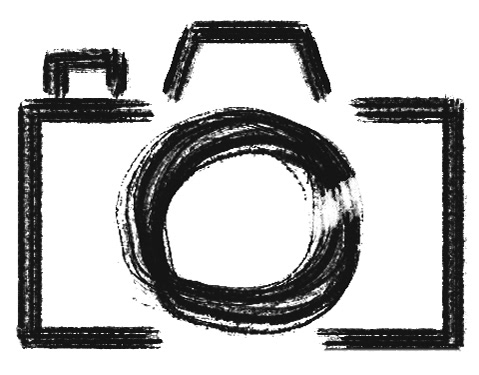Martirene Alcántara
Worthy heir and visual creator
Worthy heir and visual creator
A young photographer who stands for her taste and delight in recreating rare scenes; and by that I mean the synthesis, the staging and the virtuosity in her images. Worthy heir of two fine art painter parents, her iconicity roams between the tones and shades of the image, to the instantaneity that photography gives.
Surgical cleanness in her photographs: the birds fly, the farmer walks, she climbs the stairs, coexists with the trees and amazes the angels, pieces of sculptures find themselves in the void, or white sheets wave in the air. They are all demonstrations of subtle forms, trimmed and displayed as an extraordinary and unique being. Objects and people come alive by color, composition and the fine making of her work.
Martirene’s work shows a visual structure forged between the pictorial golden section, and the definition of thirds in the camera, elements that surely she absorbed since childhood, she lived them, she found them in her daily walks and impregnated her in a natural way in her way of seen things. It seems that in addition to seeking for the right moments, she finds in the sky of a construction, angles and trigonometry, encouraging her composition, in a very Modottiesque way, but with the wear and sepia tones that time has given them. They are horizontal or vertical constructive iconic axes, because almost in an architectural way, she plays with them to structure her compositions. Compositions that give the photograph a way to show without showing off, as she does with her white sheets, hanging to dry, and the blue lines playing and waving in the wind.
The works of the artists (Ernesto) Alcántara and (Irma) Grizá is evident in Martirene’s work with her use of color. Few documentary photographers manage to find in color a way to attract without becoming a brand in a Kodakiesque reference. To Martirene the matrix is the color, as it has been immersed throughout her life, between brushes, tubes of oil, rhythmic nuances smell of paint and the big easels around her while growing up; those who yielded to the power of the photographic image. So the shades of red on red recalls the suprematist artist Kazimir S. Malevich with his painting white on white, and the response by the painter, sculptor and photographer Aleksandr Ródchenko with the series black on black, questioning painting as such in the twentieth century. The photographer includes in this work her intentions, not only in the abstraction of red, between the colors burnt sienna and raw sienna she also highlights the presence of a character lost in gentle tones, and with her composition of the white straw hat, recovers the presence of the character.
The emphasize of the unexpected is what allows the viewer to fix his gaze, is not the infinite unity, is not the obsessively square, on the contrary, it is the touch of something that gets release that engages the viewer’s attention. It is what makes the punctum, proposed by Roland Barthes, (i.e. that which draws attention emotionally), the pattern to admire her work, to feel peace and harmony provided by her photographic images, like the man who walks with a sickle in his hands in front of the green future that awaits impassive.
Recover the history of painting, the ruptures with photography, her encounters and dissimilar presences, her appearances and mutual influences is what permits photography and painting as two veins of work that historically twinned in the era of contagions and release with a cry of independence. It is what I think we see in the pleasant, inspiring and sublime work presented to us by Martirene Alcántara in the day-to-day of her universal, transversal, tireless traveler life, but above all gloriously coloristic, even in her impeccable black and white work, appears her life and her natural color.
Rebeca Monroy Nasr
October 2013
October 2013
